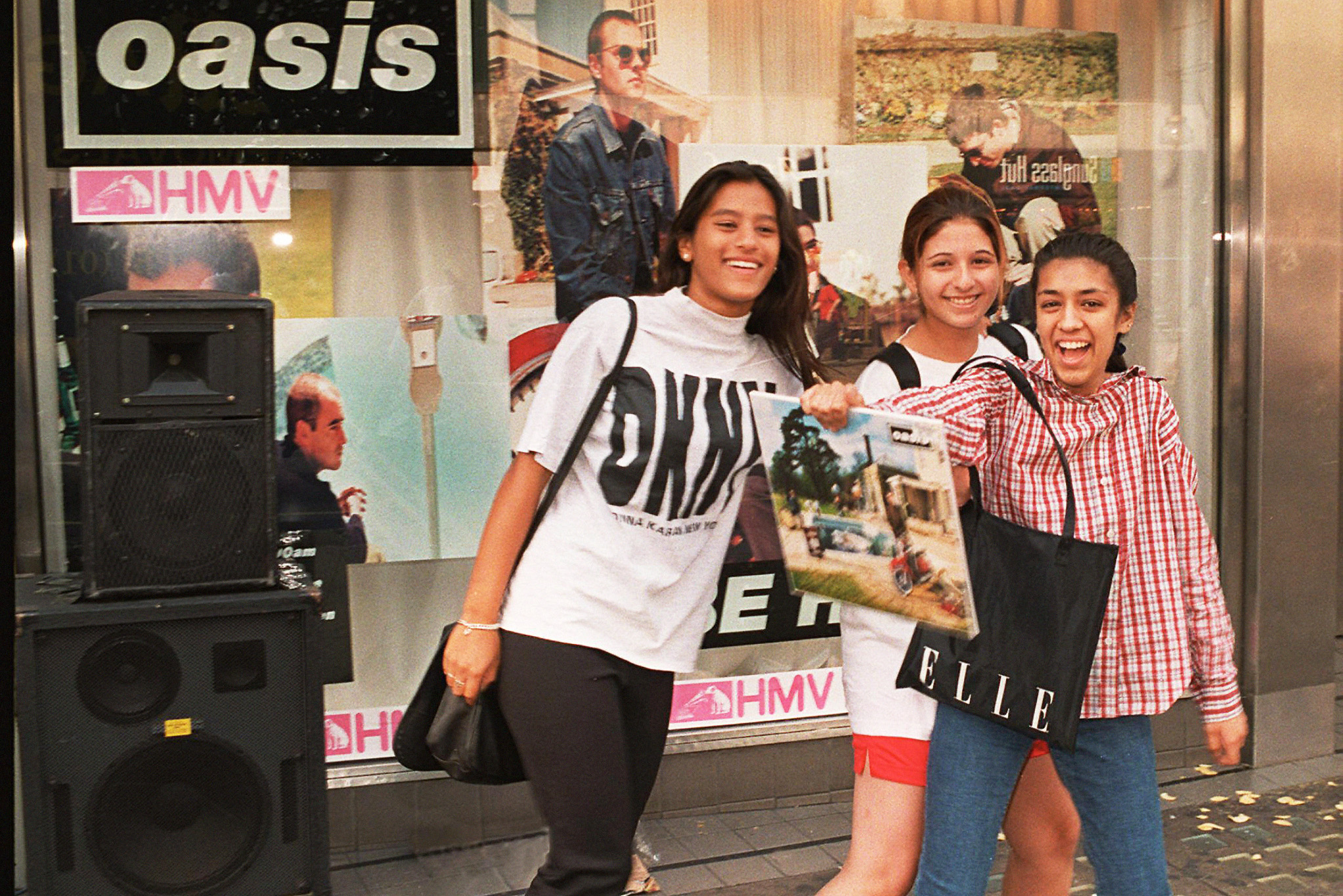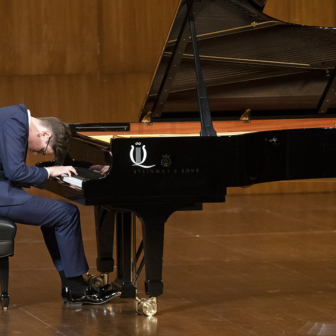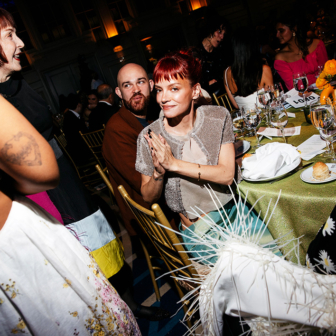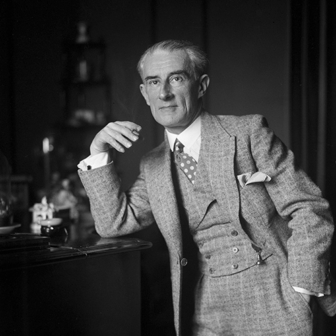On Radio National’s Music Show recently the American biographer and writer on music, James Gavin, told a touching story about a musical possession.* High on the teenage Gavin’s Christmas list in 1977 was Impromptu, the final album (as it turned out) by jazz singer June Christy. He had already seen it in a shop and he coveted it.
Come Christmas Eve, there, under the tree, was the twelve-inch square LP, all wrapped up. Unable to wait, Gavin took a kitchen knife and slit open the wrapping paper, sliding out the album so he could hold it at last. Not play it, you understand — the rest of the family was asleep — just hold it. That was the thing about LPs: music aside, they were objects of wonder.
Some eight years before that night before Christmas, I’d had a similar, though more extended, experience. I was twelve and had saved up my pocket money to buy Abbey Road. Much had been made of the fact that this was the first Beatles album to be released only in stereo; printed on the inner sleeve was a warning to the effect that playing the record on the wrong equipment would damage the vinyl.
My family didn’t own a “stereogram,” only an old mono record player. So for months my appreciation of Abbey Road consisted of admiring its famous cover photo, reading the extensive list of song titles on side two and wondering what they sounded like, occasionally rereading the warning to be certain I had it right.
Eventually, I could bear it no more. I took the record from its sleeve, put it on the old gramophone and discovered it sounded fine. I still thrill to Lennon’s opening “Shhht!” and it is partly because of those months of delay in hearing it.
I no longer own a turntable. Back in 1986 I sold my vinyl and began to collect CDs and while I have always lamented the shrinkage in size (and experience) of the artwork that came with the smaller digital format — the gorgeous cover of Abbey Road was undeniably diminished by being scaled down — I lament, even more, that the surprisingly abrupt demise of the CD ushered in the age of streaming.
I lament it not only when I read my royalty statements but also at Christmas, because you can no longer give someone a thoughtfully chosen album without doing a background check on whether they have a turntable or CD player. Many people have neither. A vast array of music is available on most people’s phones — there’s no more waiting — and the musical object under the Christmas tree is increasingly a thing of the past. It all adds up to the possibility that music is mattering less.
The notion of music as an object predates recording. In the late Middle Ages, as notation became more than an aide-mémoire, manuscripts were treasured, even by those who couldn’t read music. Claudio Monteverdi’s L’Orfeo, Europe’s first great opera, was performed precisely twice in 1607 at the Mantuan court of the Gonzagas, and we might know nothing of it but for the existence of a score. In the early seventeenth century full scores were not used in performance, but the Duke had one produced as a souvenir to have and to hold.
The other form of musical object I confess I miss is the carefully constructed compilation tape. A ninety-minute cassette could take the best part of a day to get right, the handwritten list of contents inevitably involving Tipp-Ex, and made a particularly thoughtful gift. In his novel High Fidelity Nick Hornby writes touchingly about the art of the mixtape and its potential role as a form of long-distance foreplay.
In my home are ten such cassettes that I made in 1999 and 2000 for my wife (she wasn’t then my wife) but we no longer have anything to play them on, so they are purely objects, which, for sentimental reasons, we can’t throw out. Mixtapes, too, are now part of history and I doubt if “I’ve made you a playlist on Spotify” is going to help anyone find a life partner.
For those who still value musical objects (you can also download them if you must) and who have yet to complete their Christmas shopping, allow me a few recommendations.
• ZÖJ is a collaboration (they call it a conversation) between Iranian-born singer and kamancheh player Gelareh Pour and drummer Brian O’Dwyer. Their album Fil o fenjoon (CD from Bandcamp) is by turns exhilarating and heart-stoppingly beautiful.
• Jazz trumpeter Phil Slater’s Immersion Lure (CD from Bandcamp) brings together some of Australia’s finest players (Matt Keegan, Matt McMahon, Brett Hirst and Simon Barker) for a musical meditation of a particularly intense sort. You are gently drawn in and then they won’t let go.
• A similar (if more laid-back) intensity marks recently discovered Chet Baker radio sessions recorded at Hilversum in 1979. The Blue Room is late Chet at its very best and may be my favourite listening of the year. A double album on vinyl or CD from Birdland.
• German violinist Isabelle Faust, Russian pianist Alexander Melnikov and others play Schumann’s piano quintet and quartet on instruments of Schumann’s time, the natural balance putting paid to all those tired criticisms of Schumann’s music being opaque. It’s also beautifully paced and phrased. CD from Harmonia Mundi.
• And, staying with period instruments, the Australian Romantic & Classical Orchestra’s pairing of Mozart’s Jupiter symphony and his A major piano concerto K. 488 is similarly revelatory, not least for Neal Peres da Costa’s endlessly thoughtful traversing of the solo part. I know this music very well but found myself hanging on every note. CD from the orchestra.
* The Music Show’s conversation with James Gavin on the subject of ravaged voices may be heard again on Sunday 7 January, and if you’d like to hear it now the podcast is available here.




